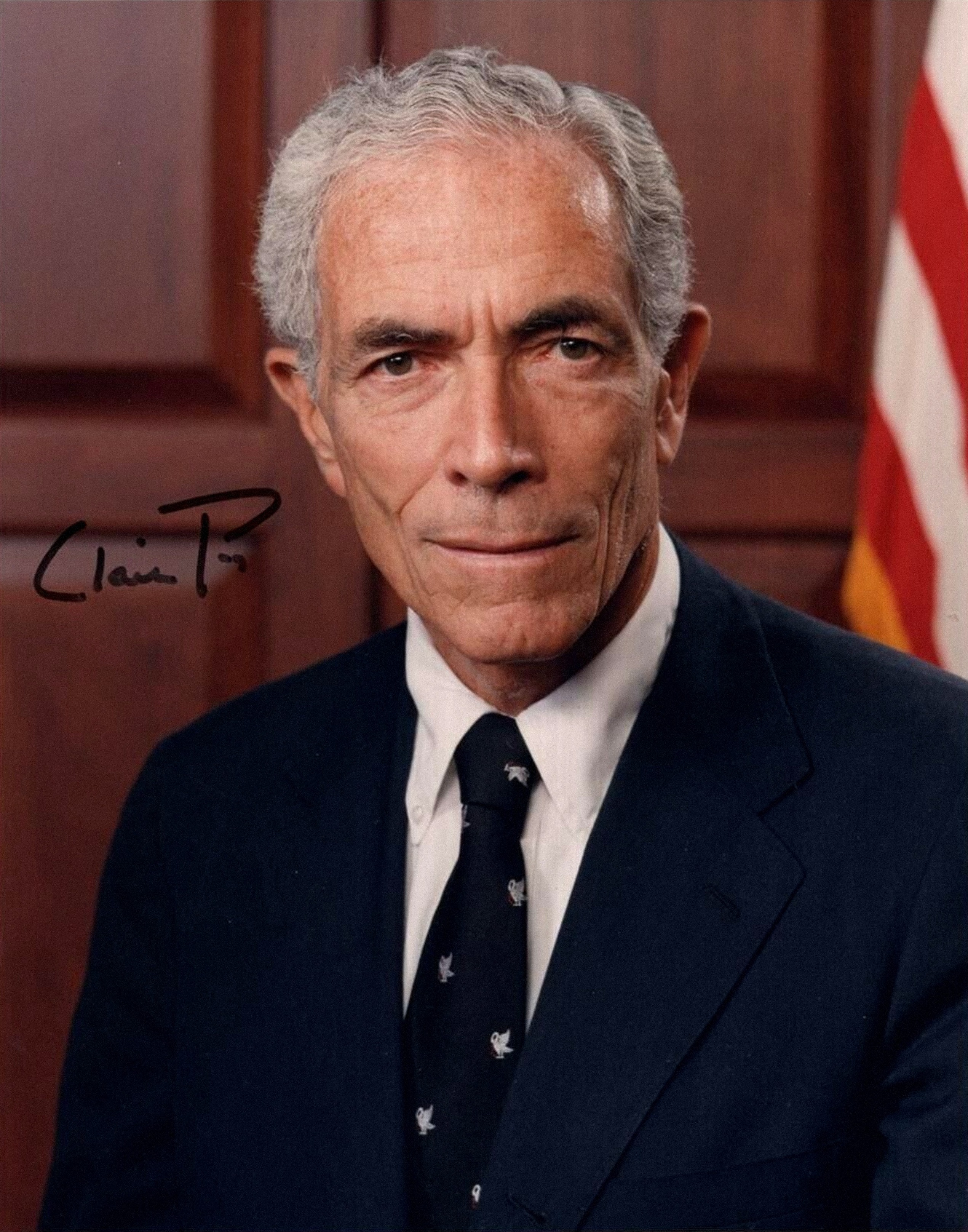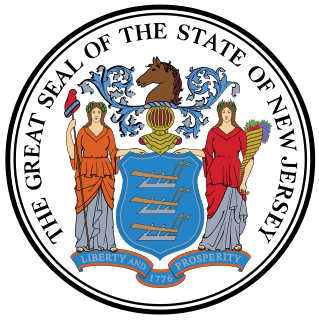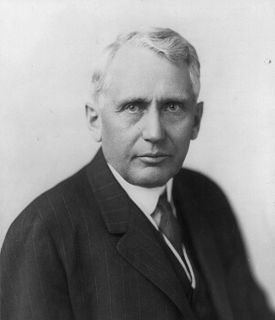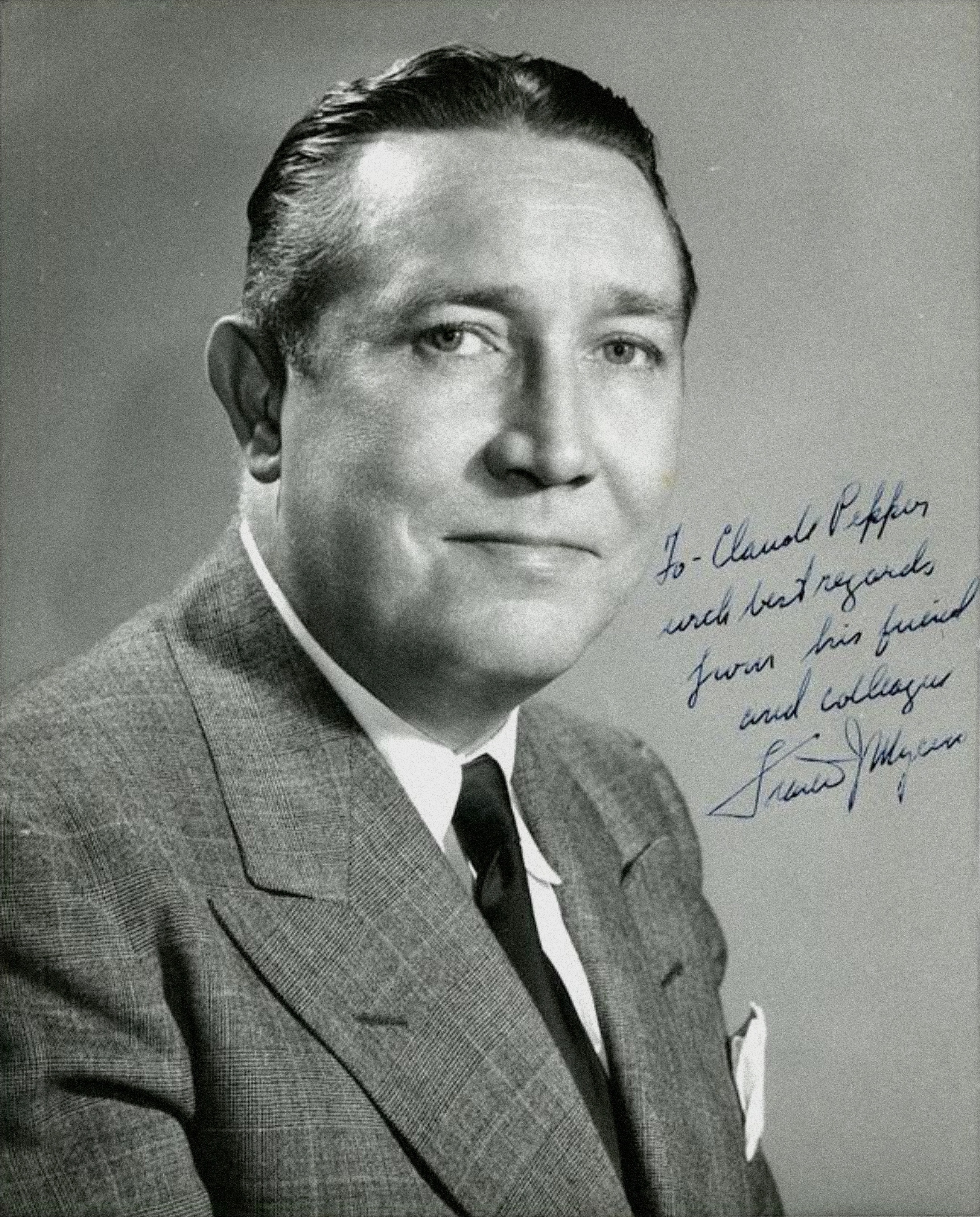
The 1950 United States Senate elections occurred in the middle of Harry S. Truman's second term as President. As with most 20th-century second-term mid-terms, the party out of the Presidency made significant gains. The Republican opposition made a net gain of five seats, taking advantage of the Democratic administration's declining popularity during the Cold War and the aftermath of the Recession of 1949. The Democrats held a narrow 49 to 47 seat majority after the election. This became the first time since 1932 that the Senate Majority Leader lost his seat and the only instance where the majority leader lost his seat while his party retained the majority.

The 1948 United States Senate elections were elections which coincided with the election of Democratic President Harry S. Truman for a full term. Truman had campaigned against an "obstructionist" Congress that had blocked many of his initiatives, and in addition the U.S. economy recovered from the postwar recession of 1946–47 by election day. Thus Truman was rewarded with a Democratic gain of nine seats in the Senate, enough to give them control of the chamber.

The United States Senate elections of 1944 coincided with the re-election of Franklin D. Roosevelt to his fourth term as President. The Democrats' large majority remained the same, but they lost one seat to the Republicans in a special election.

The United States Virgin Islands gubernatorial election of 2010 was held on November 2, 2010, and won by incumbent Democratic Governor John de Jongh. De Jongh was elected to his first term in 2006 with 57.3% of the vote over Kenneth Mapp.

The 1944 New York state election was held on November 7, 1944, to elect a judge of the New York Court of Appeals and a U.S. senator, as well as all members of the New York State Assembly and the New York State Senate.

A Massachusetts general election was held on November 7, 1978 in the Commonwealth of Massachusetts.

A Massachusetts general election was held on November 8, 1966 in the Commonwealth of Massachusetts.

A Massachusetts general election was held on November 6, 1962 in the Commonwealth of Massachusetts.

The 1934 United States Senate election in Minnesota took place on November 6, 1934. Incumbent Farmer-Labor U.S. Senator Henrik Shipstead defeated former State Senator Nathaniel J. Holmberg of the Republican Party of Minnesota and U.S. Representative Einar Hoidale of the Minnesota Democratic Party to win a third term.

The 1932 United States Senate election in Pennsylvania was held on November 8, 1932. Incumbent Republican U.S. Senator James J. Davis successfully sought re-election, defeating Democratic nominee Lawrence H. Rupp.

The 1930 United States Senate special election in Pennsylvania was held on November 4, 1930. Joseph R. Grundy, incumbent Republican appointed to fill the vacancy created by the unseating of William Scott Vare, was defeated for re-nomination. The Republican nominee, James J. Davis, defeated Democratic nominee Sedgwick Kistler to win the election.

The 1938 United States Senate election in Pennsylvania was held on November 8, 1938. Incumbent Republican U.S. Senator James J. Davis successfully sought re-election, defeating Democratic nominee George Howard Earle III.

The 1950 United States Senate election in Pennsylvania was held on November 7, 1950. Incumbent Democratic U.S. Senator Francis J. Myers sought re-election, but was defeated by Republican nominee James H. Duff.

The 2014 Alaska gubernatorial election took place on November 4, 2014, to elect the governor and lieutenant governor of Alaska, concurrently with the election of Alaska's Class II U.S. Senate seat, as well as other elections to the United States Senate in other states and elections to the United States House of Representatives and various state and local elections.

The 1978 United States Senate election in Rhode Island took place on November 7, 1978. Incumbent Democratic U.S. Senator Claiborne Pell successfully sought re-election, defeating Republican James G. Reynolds.

The 1977 New Jersey gubernatorial election was held on November 8, 1977. Incumbent Democrat Brendan Byrne defeated Republican nominee Raymond Bateman with 55.71% of the vote. As of 2017, Byrne is New Jersey's last Democratic governor to win re-election.

The 1916 United States Senate election in Minnesota took place on November 7, 1916. It was the first election for either class of U.S. Senators held in Minnesota after the ratification of the Seventeenth Amendment to the United States Constitution, which established the popular election of United States Senators. Incumbent Senator Moses E. Clapp was defeated in the Republican primary election by former American Bar Association president Frank B. Kellogg. Kellogg went on to defeat former St. Paul Mayor Daniel W. Lawler of the Minnesota Democratic Party, and Prohibition Party challenger Willis Greenleaf Calderwood, in the general election.

A Massachusetts general election was held on November 2, 1954 in the Commonwealth of Massachusetts.

A Massachusetts general election was held on November 4, 1952 in the Commonwealth of Massachusetts.
















